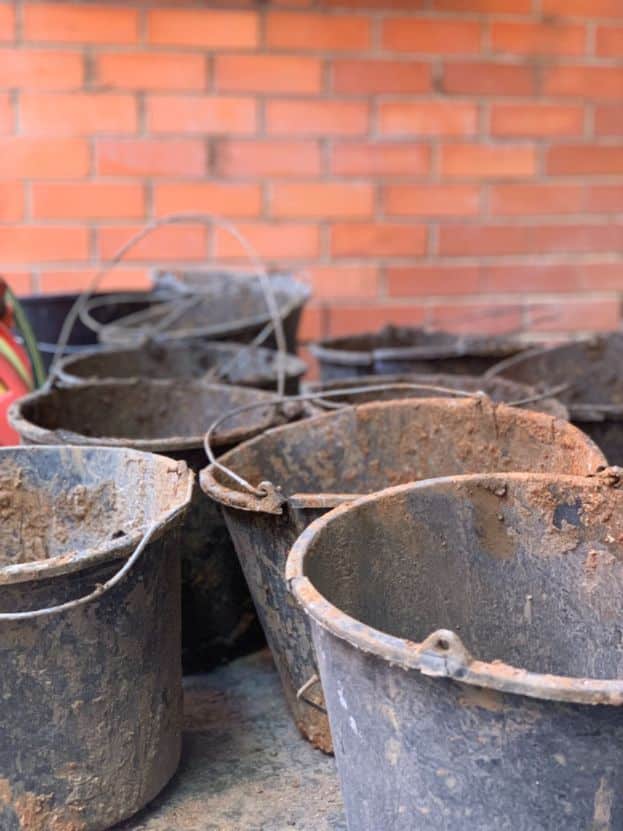What Causes Sinking Concrete?
Sinking concrete is caused by the following:
Insufficient Sub-Soil Compaction
Sub-standard soil compaction practices during construction can result in sinking concrete. A lack of proper soil compaction leaves the ground filled with air, making it unstable for supporting the weight of concrete.
Damage Caused by Stormwater
Concrete sinking can result from stormwater damage when drains overflow, directing water toward your home’s foundation rather than away from it. Excessive soaking into the ground beneath your concrete surfaces leads to soil erosion, causing instability and eventual sinking.
Ground Vibrations
Ground vibrations from nearby construction activities, passing vehicles, or airplanes can cause concrete to sink. The intense vibrations shake and aerate the soil, resulting in instability.
Insufficient Drainage
Poor drainage is another factor that contributes to concrete sinking. The water comes from your home’s burst, cracked, or unconnected pipes, pooling into spots under your concrete slabs and floors. This causes the soil to become saturated, weak, and unstable.

